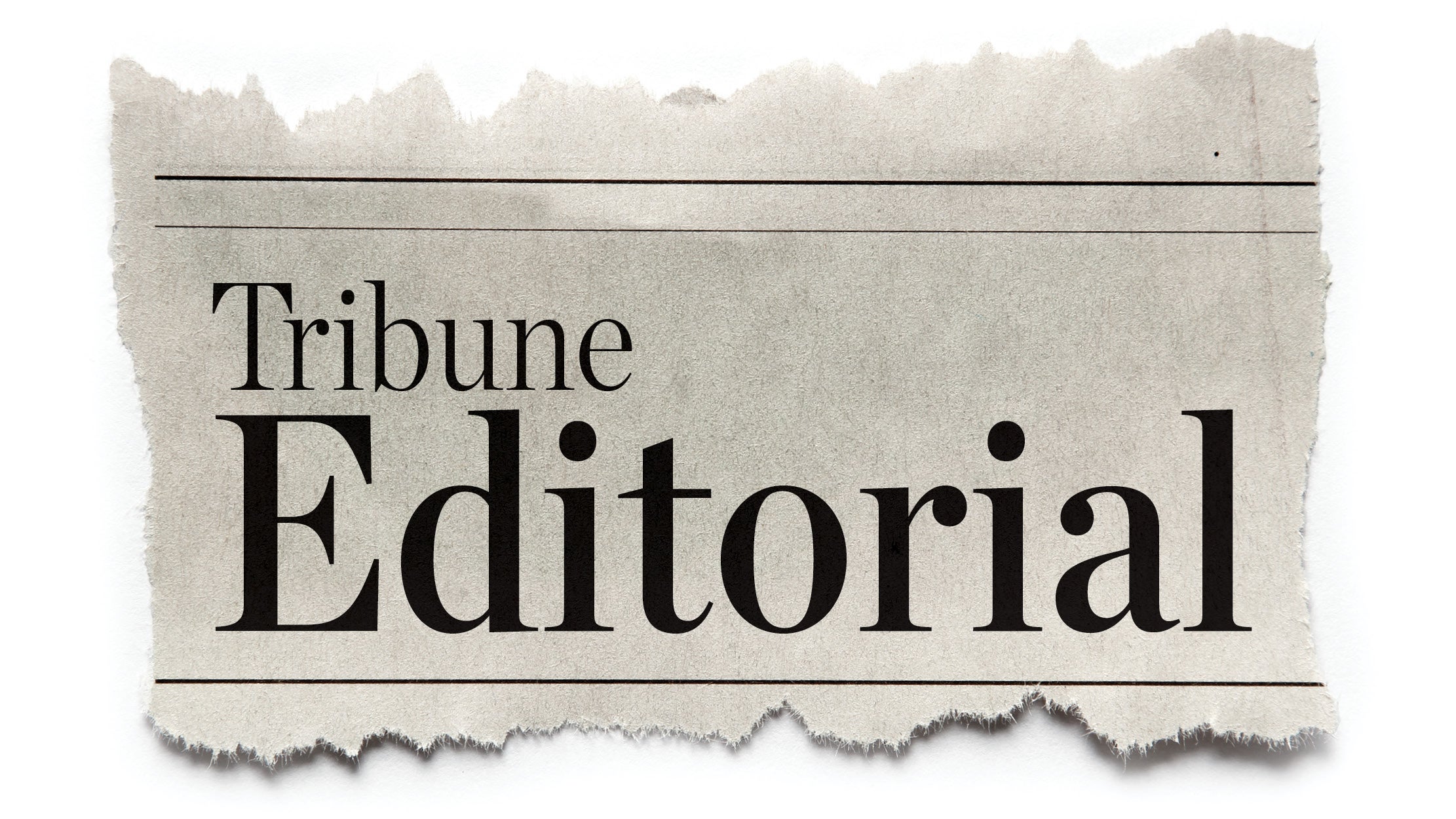Jim Crawford: Planning for another agricultural revolution
Published 12:00 am Monday, December 5, 2022
Some historians argue that the collapse of the Bronze Age was directly the result of a megadrought that lasted over a decade, setting back human societies for generations.
Regardless of that claim, agriculture has always been at the center of human activities.
When Jean Valjean stole a single loaf of bread in the Victor Hugo novel of 1862, “Les Misérables,” he did so to feed his sister and her seven starving children. In France at that time, there was a severe drought causing a bread shortage and high prices, resulting in many bakeries being sacked from rising social anger.
But that bread, black bread, was also a daily reminder of the then-divided rich and everyone else in France in the 1800s. The rich ate a soft white bread, while the poor ate coarse black bread, comprised of rye, sawdust, tree bark and other mysterious ingredients.
At the time of Valjean’s great bread-theft crime, 75 percent of French production was agriculture.
But the food shortages were factors not only of the rain shortage, but of outdated agricultural practices, crop diseases and food inequality.
Likewise, today the United States faces spotty water shortages (think the Colorado River) affecting crop productivity. And climate change affects both land crops by changing weather patterns and sea harvests by warming ocean temperatures.
Additionally, our distribution patterns waste almost one third of produced food, and economic inequality creates food deserts and a shortage of healthy food alternatives in deprived communities.
Our crop management methods expose our rivers and streams to pesticide and fertilizer pollution and our animal crop industries increase carbon dioxide and methane pollution.
So, what is the next agricultural revolution?
We can look to the Netherlands for some of the solutions. As a result of extensive investment in research and development (15 of the top 20 agricultural businesses conduct research there), the Netherlands has become the second largest exporter of agricultural goods worldwide, behind the U.S. This is in a nation the approximate size of Maryland.
A few examples of their advances should suffice:
• Using vertical farming, one acre produces as much as 10 acres of dirt-based farming, using ½ gallon of water per pound of tomatoes compared to 28 gallons of water per pound of traditional farming.
• Indoor growth eliminates the need for pesticides or herbicides and produces tomatoes with a higher nutrient density. Tomatoes are harvested when red and ripe instead of green.
• Chickens are grown without cages, free to roam and live as chickens do in nature. The chicken houses have skylights, trees, and tree trunks for climbing. Male chicks are not killed but raised for their meat. No chickens are de-beaked.
Chickens are fed with food wasted from supermarkets and food manufacturers, instead of commodity grains.
The United States needs another agricultural revolution, and we need it now. The revolution needs to address water-saving technologies in food production, an investment in seed research that protects crops from future diseases, attention to the reduction of pollution in animal crops, and significant development of robotics in the process of crop-raising.
Global warming will force us to make these advances, but rather than wait for a food crisis we should act now to foresee the future and plan a better future.
Government has a role in this global issue. Not only can we continue to be the most successful country in agricultural exports, but we can also develop and share new technologies, like those in use in the Netherlands today, with other nations for the benefit of ending food inequality.
Our global leadership calls for this commitment.
Jim Crawford is a retired educator and political enthusiast living here in the Tri-State.





